I realized (not for the first time) after talking on Skype with my grandparents that there are a lot of things that go unexplained on this blog–things that I just “do” or got used to, that people reading this blog might not be familiar with. Today, I’d like to explain a little. I plan to start with the middle school and work my way down.
First off, this is one of the classrooms where I teach (assist) for 3 days a week:
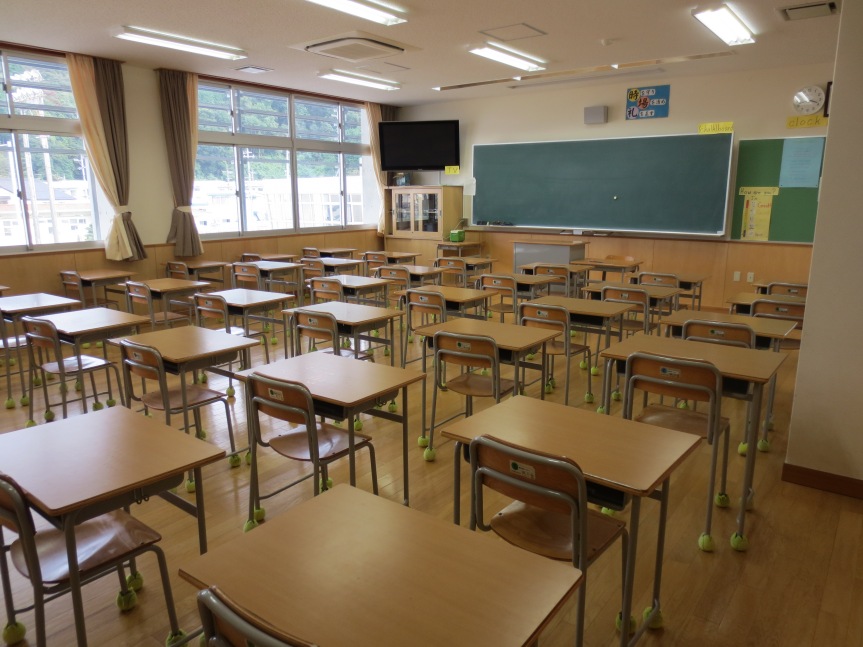
It’s so clean, right? That’s because there’s cleaning time in Japanese schools almost every day, usually sometime after lunch break. Students sit in the hallways quietly (called “mokusou”) and wait for the bell to ring, and then they get up and (mostly) silently sweep the classrooms and hallways, wipe the desks, and wipe down the hallways too. After the dust has been swept into dustpans and thrown into a combustibles garbage bin (because there are several bins for different types of garbage), the students straighten the desks in the rows, make sure the windows are shut, and lock the classrooms. There’s a closet in the classroom where the brooms, brushes, and dustbins are stored.
For keeping the school clean, it also helps that teachers and students have indoor and outdoor shoes, which they switch at cubbies near the entrance. These cubbies aren’t like lockers, because the students’ cubbies don’t have doors, and the teachers’ ones have doors but don’t lock. There’s a “teachers” entrance and a “students” entrance, so I come through the teachers’ entrance, put my regular shoes in my cubby (sp?) and switch into my indoor shoes.
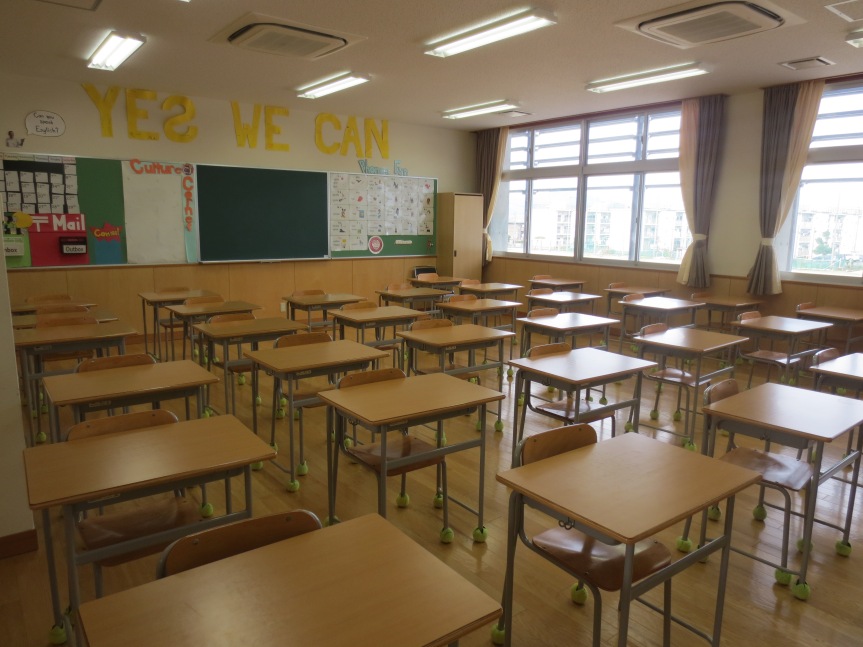
At the back of the classroom is the English board. It’s changed since I’ve gotten my hands on it! I wasn’t sure what to do, so I looked for ideas online and found this Gunma JET page with some really cute designs; and using those for inspiration, I came up with this next display. I asked my mom to send me some Christmas ads, since we get so many of them around Christmas time and don’t really look at them, and I laminated some and stuck them to the blackboard with magnets! The board includes a simple cat comic about Christmas (Pusheen–so cute!), a Santa search that I found online (kind of like “Where’s Waldo), and a paper snowflake how-to page. This year’s board wasn’t as “interactive” as I’d have liked (ie, having things for the students to think about), so I’m working to remedy that with the upcoming Valentine’s board.
The doors and windows to the hall in all the classrooms at my middle school are like the next picture. All the doors are sliding doors, including the doors to the teacher’s room. Something I really love about Japanese schools is all the windows–it feels so open, and lots of light comes in from all directions.
Teacher’s Room. I’ve been too shy so far to take a picture of the teacher’s room, but I do have a picture of the view from my desk in the teacher’s room, out toward the hallway, and out the window. Since my seat is right there at the entrance, I see EVERYONE who comes into the office, haha. When students want to come in or ask for something, they have to use polite language or the teachers make them do it over. I found this really funny at first, because sometimes students just want to talk to whichever teacher it is and get lazy, and when the teacher makes them change their wording and say it again, students will race through it sounding completely irreverent–I thought this was funny because I always associated polite/humble language with respect, and saying the words all fast like that seemed to totally remove the polite aspect^^;
I’ve gotten used to hearing phrases like these, but when you translate them or look at them literally, they look so polite o_O
〇年〇組の(名前)ですが、___室のかぎを取りに来ました。 “I’m (name) from X grade X class, and I’ve come to get the key to the _____ room.”
〇年〇組の(名前)ですが、(名前)先生に用があってきました。”I’m (name) from X grade X class, and I’ve come because I have business with (name)-sensei.”
〇年〇組の(名前)ですが、(名前)先生はいらっしゃいますか? “I’m (name) from X grade X class; is (name)-sensei present?”
The teachers room has three sets of desks lined up, with the principal, vice principal, and one other teacher with their desks perpendicularly at the front. My desk is part of the 1st-years’ section (ie, 7th graders). Japanese middle schools go from 7th-9th grade. My school has approximately 6 classes of around 30 students each, so my school probably has less than 200 students. I teach all of them from week to week, as long as there aren’t any holidays. My job at the middle school consists of planning speaking activities to go along with the unit in the book that the students are studying, and sometimes a warm-up as well.
~*~*~*~*~
Daily Schedule.
8:15am – Morning reading. I have no idea about this, because I tend to arrive around this time, and just go straight to the teacher’s room. There may be activities that take place earlier than this, like zero period.
8:25am – Morning meeting/gathering.
8:40am – First period begins. The average period is 50 minutes long.
12:45 – Lunch. Students eat together silently in their classrooms while listening to music on the PA. The music is usually classical, Western pop (One Direction etc), J-pop, or K-pop. I love it when K-pop plays! I’ve heard Super Junior, 2PM, SNSD, and Big Bang (I think U-Kiss, too). At my school, they sometimes play Handel’s Messiah–not some instrumental version, but like the full-blown song with operatic singing and everything, and I had the strange revelation that I’m probably the only person in the whole school who understands the lyrics. But hey, it’s pretty cool that I get to work at a school where the glory of God gets blasted through the PA during lunch! The first time I heard it, I was trying to eat but I had to try not to laugh. I usually eat in the teachers’ room, and no one else was laughing…it was hard to eat quietly with a straight face while HA~~~LLELUJAH!!! was resounding though the school. Ah, well.
13:00 – lunch break. Students can hang out, play out in the yard, do whatever. Time in Japan is almost always recorded in military time, so I’m going to write this schedule that way.
13:25 – 5th period, 14:25 6th period.
15:25-15:40 – clean-up. Students and teachers, including me, clean the school.
15:40-16:00 – Ending meeting. In other words, school starts around 8:15 and ends at 4pm.
After School. Even after school is over, many (most?) students join an after-school club and stay till around 5. I think they stay later when the days are longer (Japan doesn’t have Daylight Savings Time). I also like to visit the clubs after school sometimes. Each teacher is in charge of one club, which they oversee after school. There’s no English club at the middle school, so I’m not in charge of one. So far, I’ve visited the girls’ basketball club, the girls’ ping pong club, and the art club. I’ve stuck with the art club the most, because I feel like I can legitly participate there. (I tried to participate in the girls’ basketball club…but I was out of shape and it went pretty badly, although I don’t think anyone minded, haha. Afterwards, the team leader was like “Was our practice strict (kibishii)?” and she seemed really happy when I said yes, haha.)
Now, even though I call this the “schedule,” it changes all the time. At my middle school (Santa Rosa Middle School, CA), our daily schedule was pretty much set. At Waki Middle, I have a written schedule with when all the classes are, but sometimes there’ll be a little black box at the bottom that says “today, periods 3 and 5 are changed” or “today’s order: 635142.” Then you have to go look at the schedule above and mentally switch period 1 and period 6, period 2 and period 3, etc. It’s all in Japanese, of course–which is probably why the JET interviewers check your Japanese before they send you off to a middle (or elementary) school.
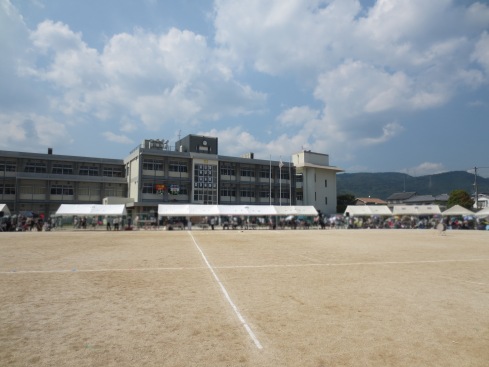
I didn’t explain everything about Japanese middle schools, but I hoped this served as at least something of an introduction. Feel free to ask any questions you have in the comments section or via email! You might be surprised at the answers. I also found this blog entry by another JET who works at a middle school, and I found his description of his work day very interesting, especially the part about people clipping their nails and brushing their teeth in the office–because this is true of my experience as well!
Song of the Day: Taeyang, “I Need a Girl.” Why can’t I stop listening to this song?! I don’t need a girl…haha.

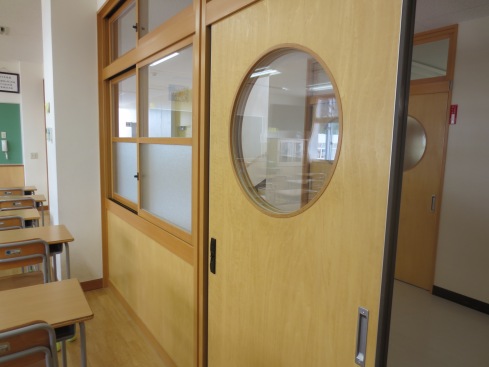
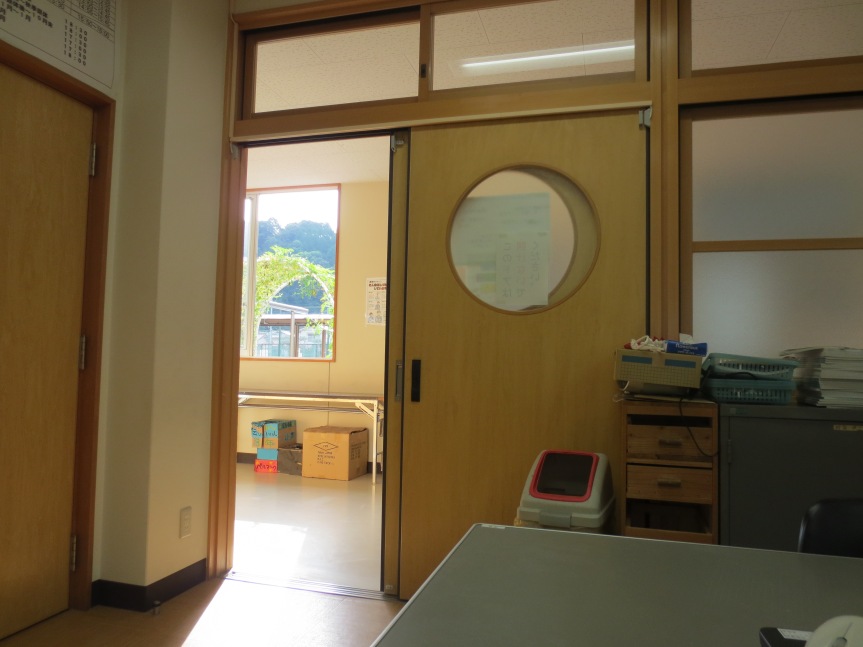
I enjoy your posts! So interesting, and entertaining!
:) Sandra
Thank you! I’m glad you’re enjoying them! (^_^)
Super interesting! I laughed at that bit about the Messiah playing hahaha, do more of these! :)
I plan to^^ Thanks for reading~~~!! It’s fun how every time I post something I get a “like” from Angela, haha.
Love your bulletin boards! Did you switch out the backwards “S” on Yes We Can? Know that was an old pic.
Haha, no, not yet. I’d have to get up on a chair to do that, and I haven’t gotten around to it yet. If I go that far, I might want to put something else up there, but I don’t have any ideas so for now it stays, haha.
I asked about this, and it turns out, the S is backwards on purpose now. Each of the letters up there has students’ signatures on it, an apparently they all accidentally signed their names upside-down on the S, so when it got put up they just put it up backwards and left it, haha.
Thanks for the wonderful and informative post and thanks to “A Walk in Japan” blog for directing me here. I look forward to reading more about your experiences in school.